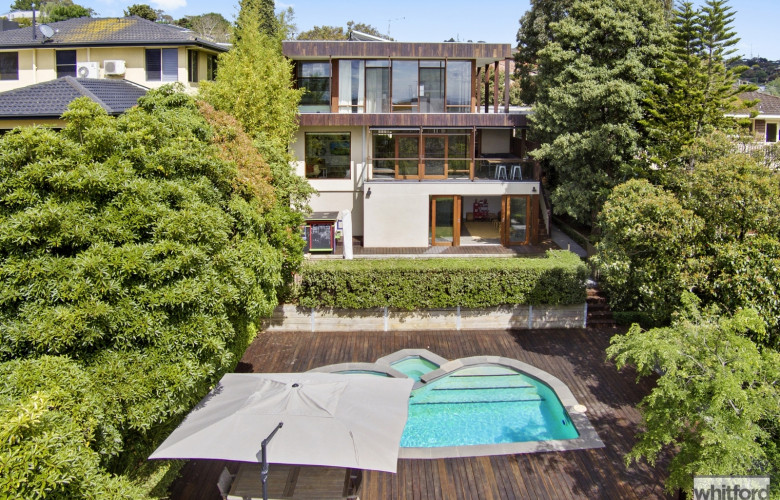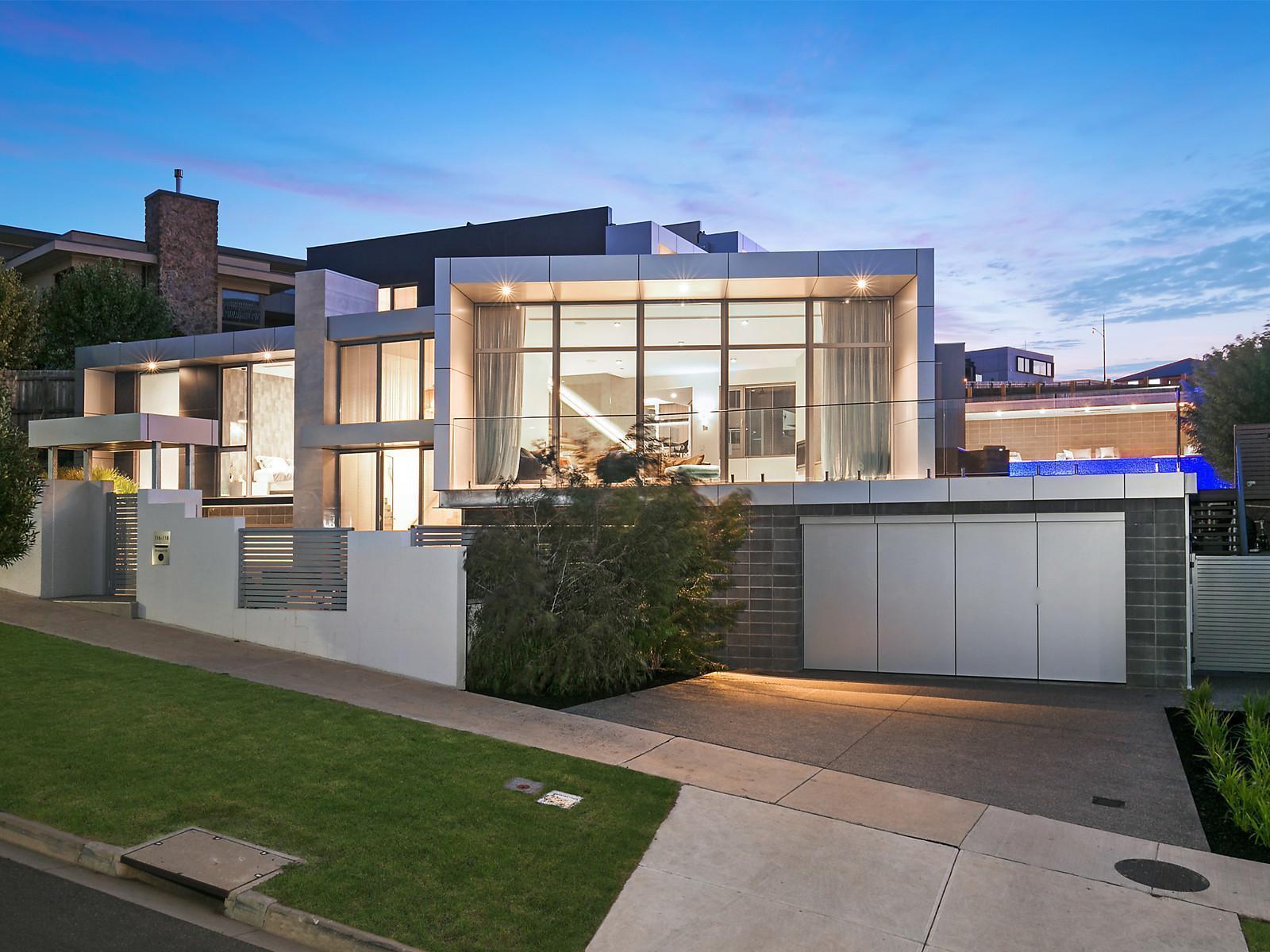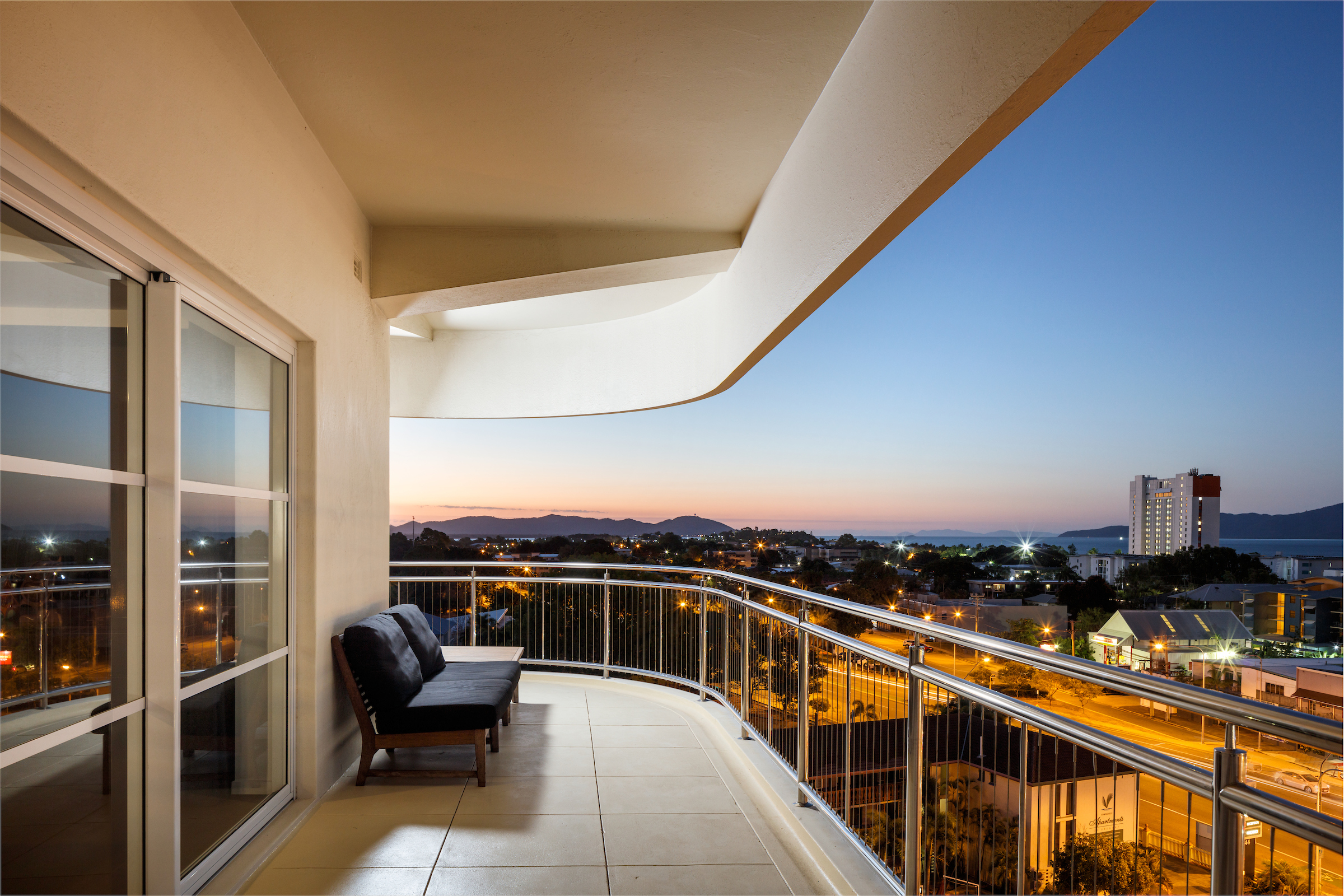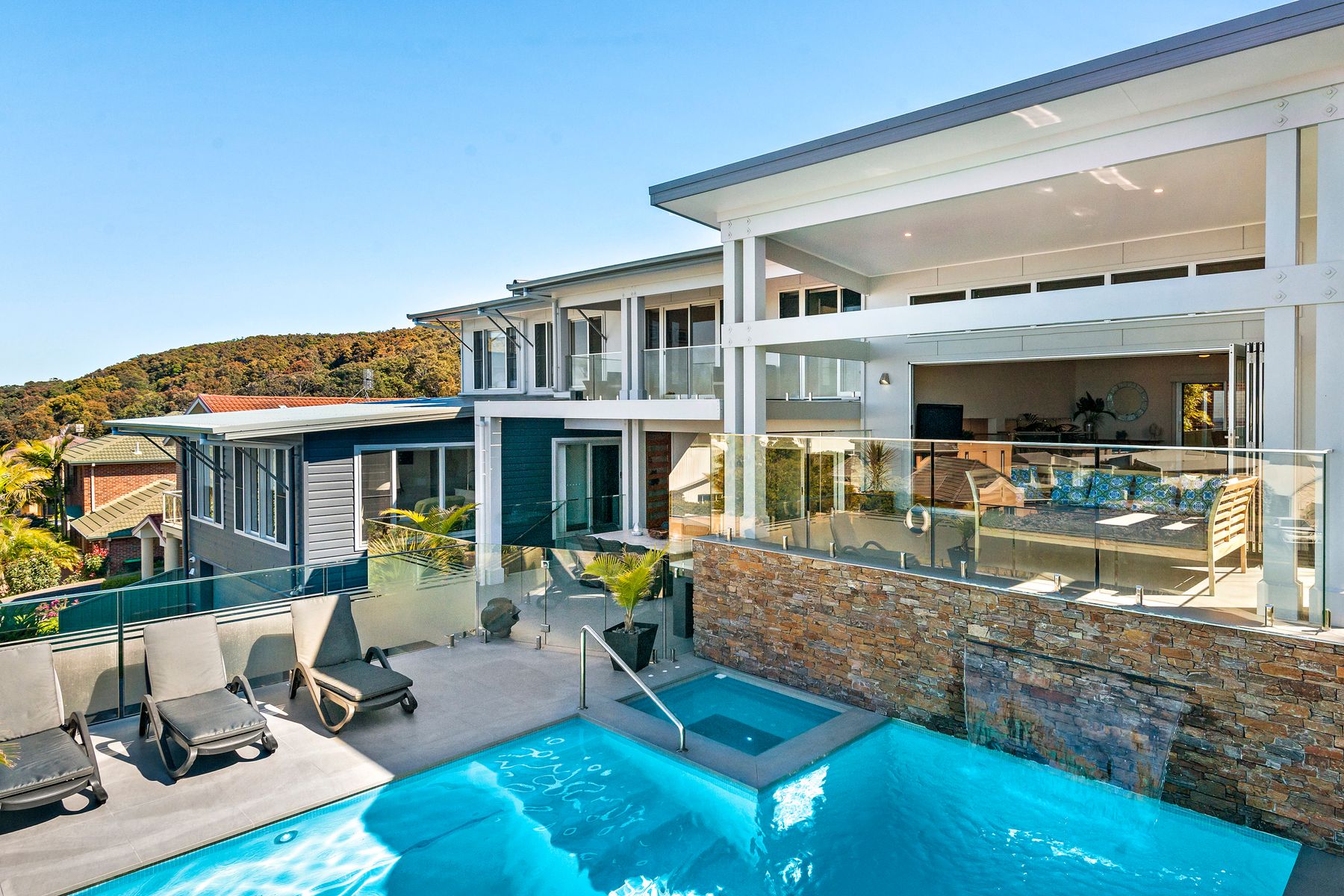Geelong has been named as the country's strongest regional market
Contact
Geelong has been named as the country's strongest regional market
Geelong is officially Australia's strongest regional property market, according to CoreLogic's Quarterly Regional Report.
It's official - Geelong has the fastest-growing property market in the country, according to a new report.
The Geelong property market is on fire, thanks to a combination of strong capital and population growth, investment in infrastructure, and record demand.
CoreLogic's Quarterly Regional Report reveals Geelong recorded the largest annual increase in median values for both units and houses (16.6 per cent and 11.9 per cent respectively).
This was the strongest annual increase across all regional property markets in the country.
CoreLogic state director Geoff White attributes the growth to the proximity to Melbourne, increase in infrastructure, and housing affordability.
With a median house price of just $505,000, it's vastly cheaper than Melbourne's median of $740,000.
The McGrath Report 2019 also identified Geelong as the top performing regional city, with a median house price growth of 9.8 per cent over the last 12 months.
"Newcastle's appeal to cash poor, asset rich Sydney residents is obvious. As Australia's largest coal port by volume, and the economic hub of the Hunter Valley, it boasts a world-class university, vibrant coastal lifestyle, and strong employment growth," John McGrath said.
Real estate agents in Geelong tell WILLIAMS MEDIA they're noticing a growing number of enquiries coming from Melbourne. First-home buyers lured to affordable homes, and investors seeking higher yields are leading the pack.
Pictured: 39 Cara Road, Highton. For sale by Heidi Trempel of Whitford, as seen on Luxury List."They probably make up about 25 per cent of our enquiries," says listing agent Peter Fort of Witford Newtown, who specialises in property within 5km of Geelong's CBD.
"Many buyers from Melbourne are selling up and moving to Geelong to be mortgage free. With the city only 55 minutes from Melbourne, many of those moving to Geelong still work in Melbourne.
"There are plenty of jobs in Geelong, said Fort, with strong health and education sectors. Buyers are also attracted to the lifestyle benefits of big blocks of land and proximity to "arguably some of the best beaches in the state", said Fort.
Across the rest of Victoria, the Latrobe-Gippsland region saw a 6 per cent increase in the number of homes transacting over the year to August. House and unit values here increased by 6.9 per cent and 6.4 per cent respectively.
Queensland
Townsville was the only region where values fell for both houses and units, down 1.3 per cent and 3.9 per cent respectively.
Meanwhile, the largest increase in house values was seen across the Sunshine Coast (up 7.7 per cent), followed by the Gold Coast (4.3 per cent), Wide Bay (1.7 per cent) and Cairns (1.4 per cent).
Dwelling sales were down in four of the five Queensland regions over the year to August 2018 with the Wide Bay region once again the only location to see an increase in home sales (2 per cent).
Looking at the Queensland rental market over the 12 months to September 2018, advertised rental rates across the Wide Bay remain in line with one year ago for both houses and units, while Townsville houses have also seen no change.
The largest increase in rental rates for houses was seen across the Gold Coast (4.8 per cent), while for units, Townsville saw the largest increase (3.7 per cent).
New South Wales
Sales activity was lower year-on-year across all three regions, with the biggest fall in sales volumes seen across Illawarra (-14.7 per cent) when compared to August 2017.
Advertised rental rates increased over the year to September 2018, with Richmond-Tweed recording the largest increase for houses (4.7 per cent), and Newcastle & Lake Macquarie recording the largest increase for units (5.3 per cent).
All three regions across New South Wales saw growth in home values over the year to September 2018, with the largest increase for houses seen across the Newcastle & Lake Macquarie region where the median house value increased by 9.0 per cent.
The largest increase for units was seen across the Richmond- Tweed region, where the median unit value increased by 9.3 per cent.
Related reading:
Selling up in Melbourne to be mortgage free in Geelong
John McGrath says Australians are embracing the regional hub
Key infrastructure projects predicted to boost Geelong's capital growth









